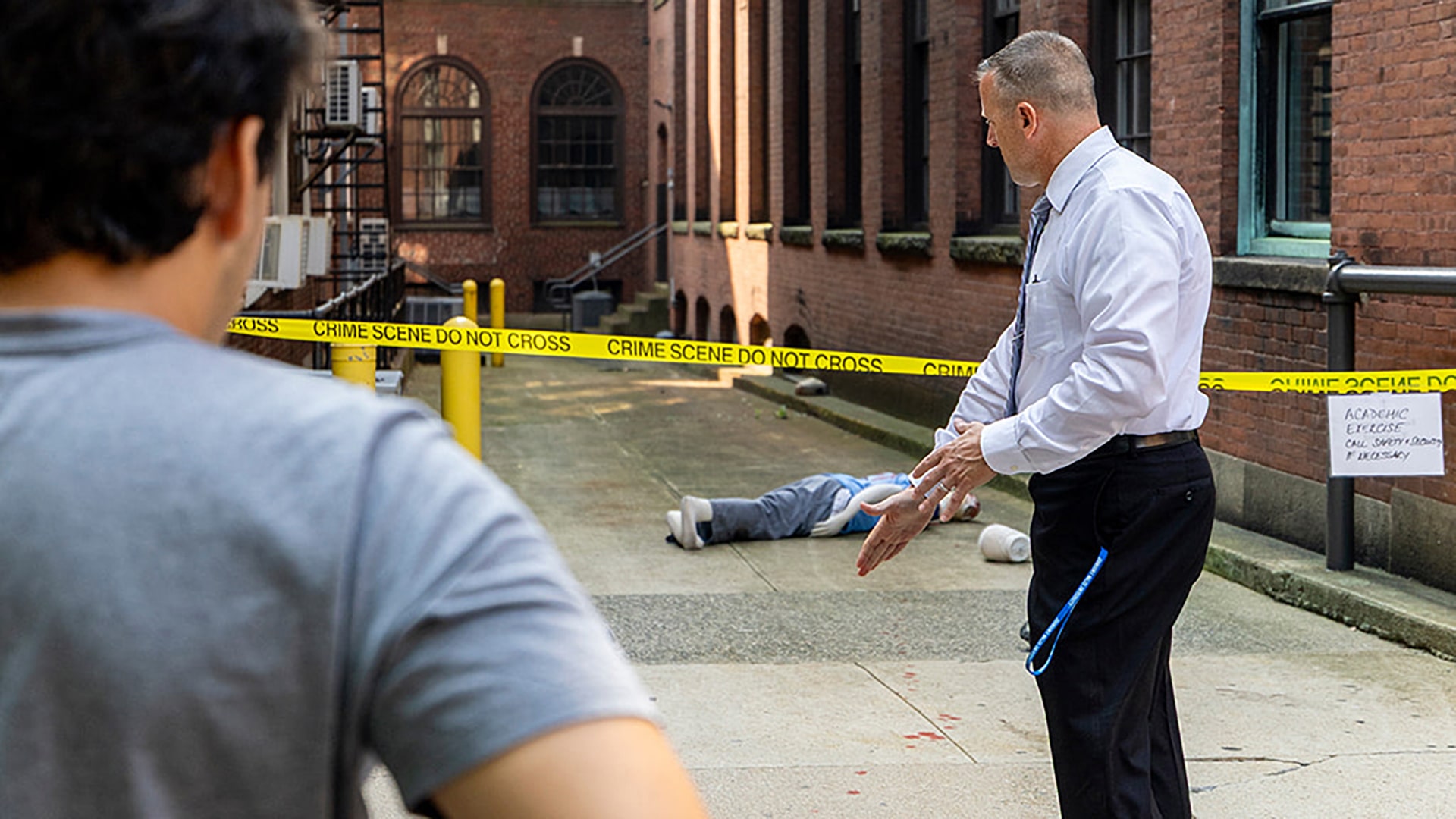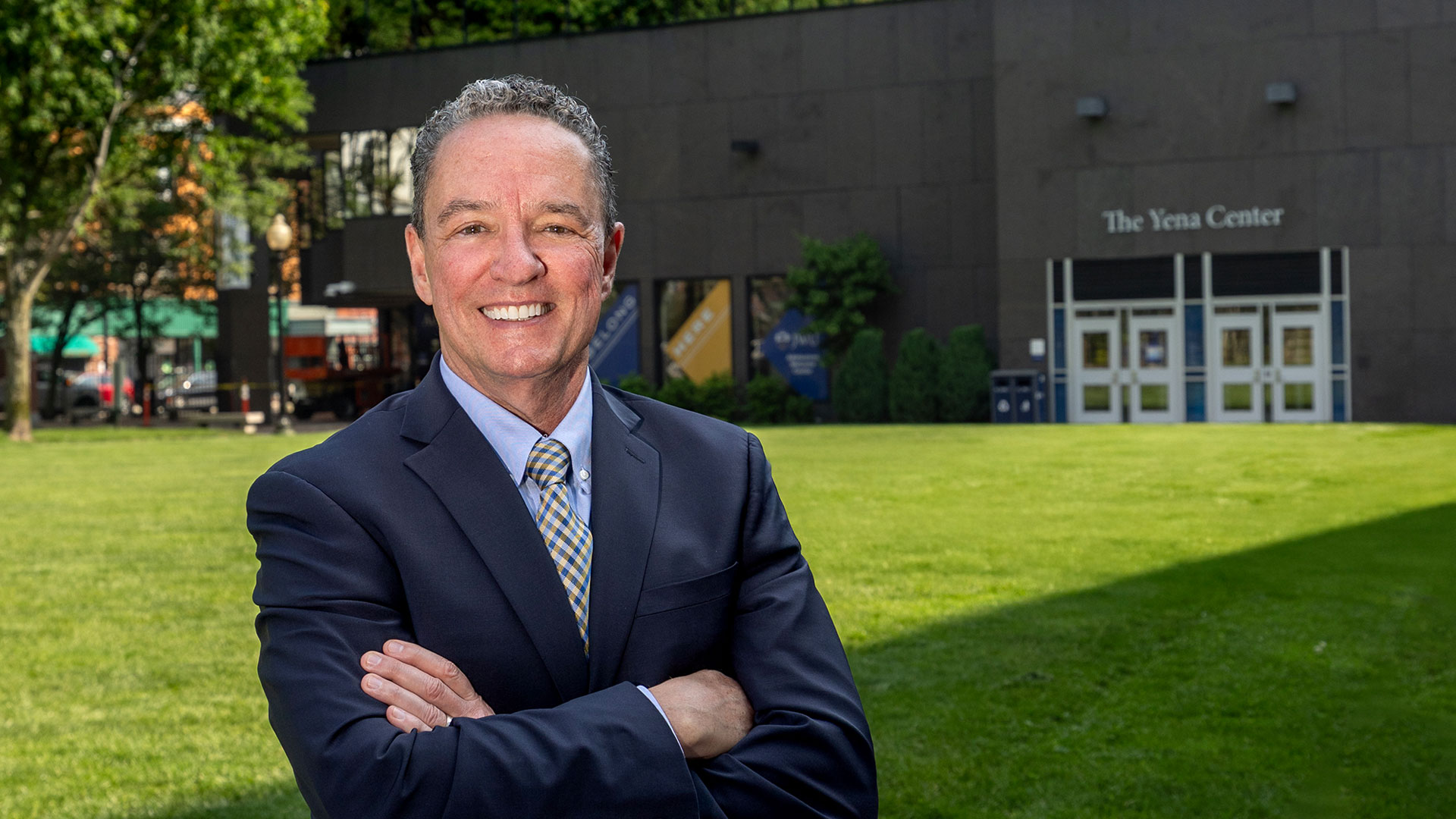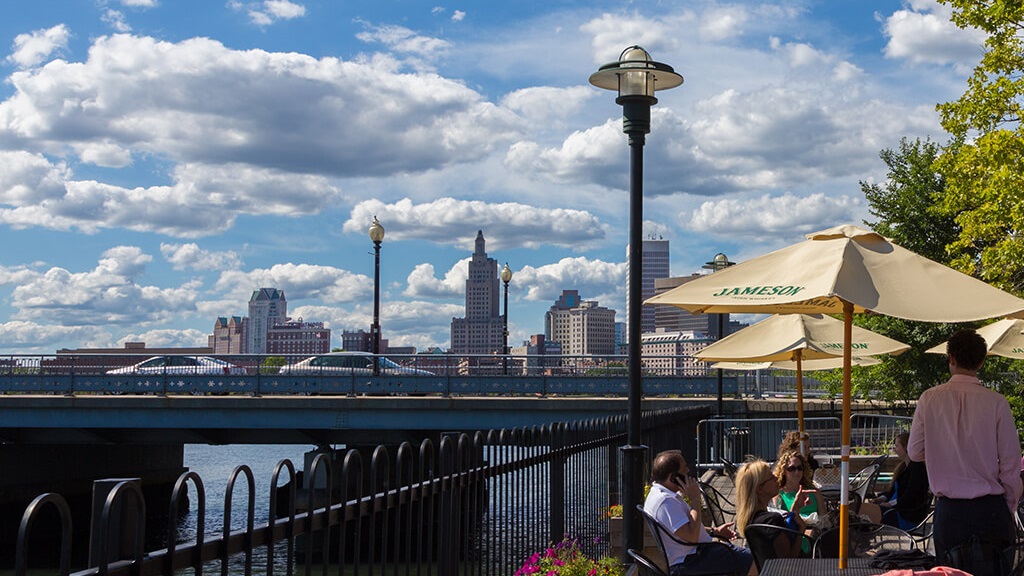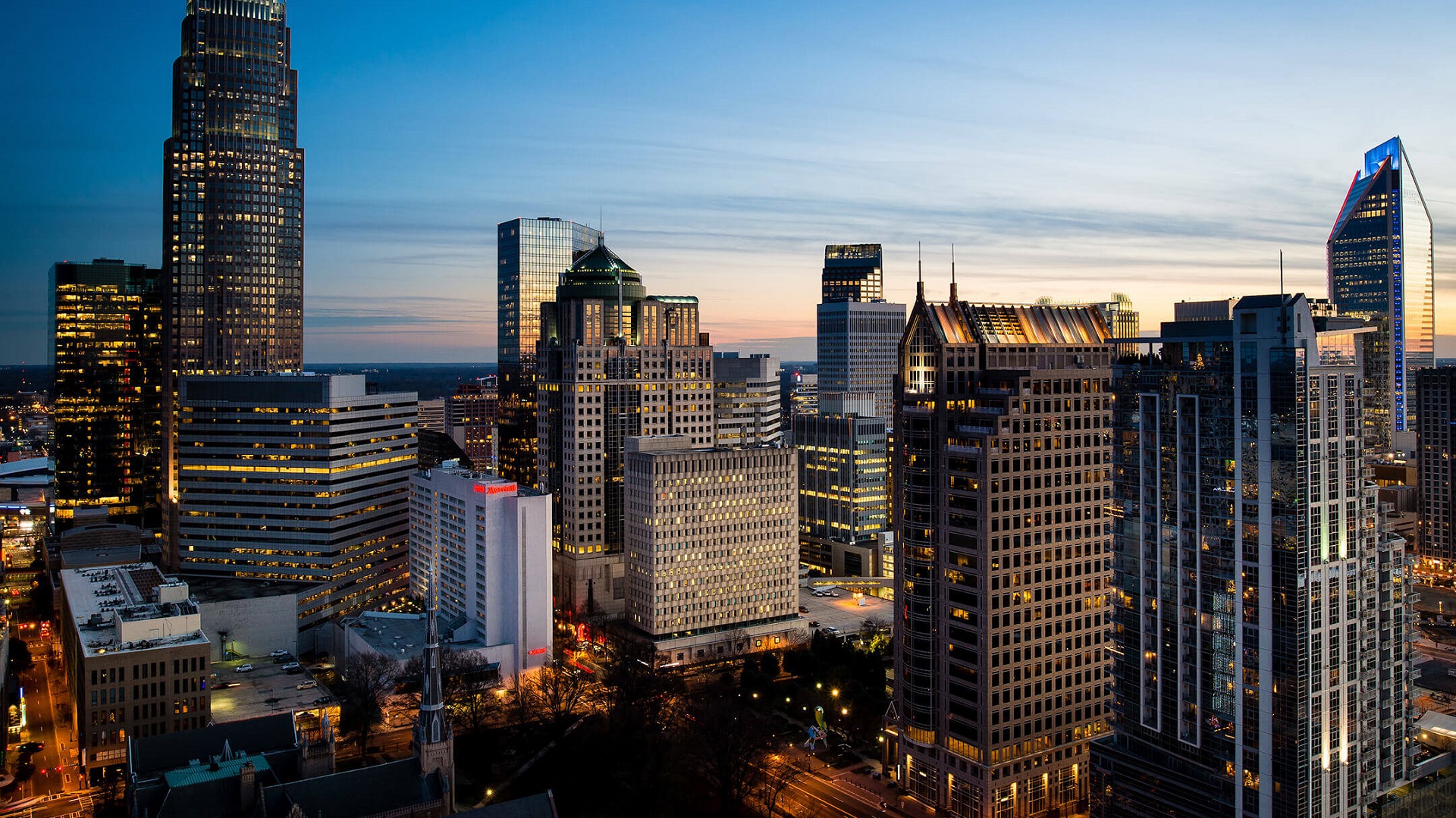Climate Action Now: JWU Alum Shares His Earth Day Perspective
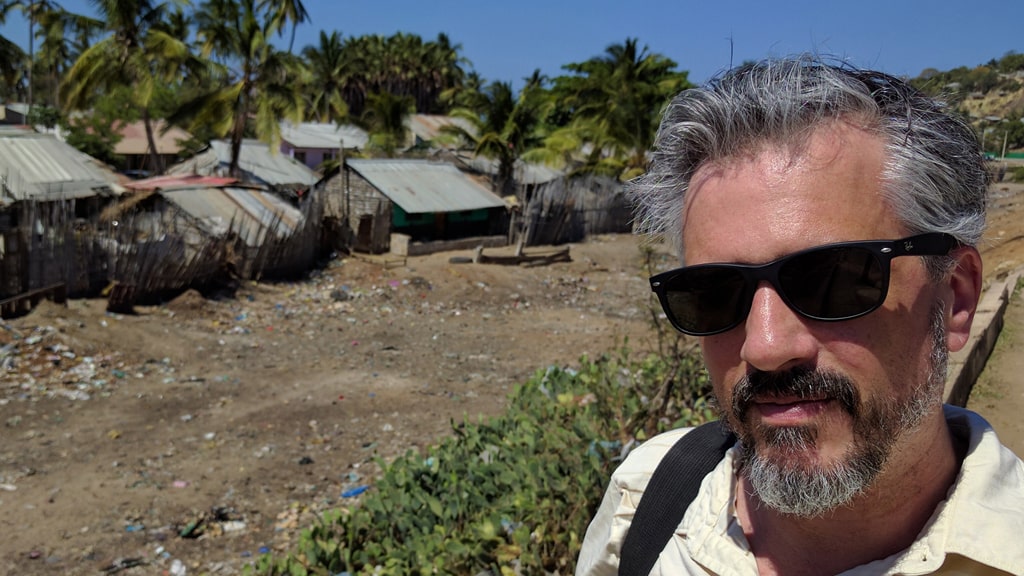
Fifty years ago today, the first Earth Day was held, kicking off the modern environmental movement and engaging roughly 10% of America’s 20 million citizens.
Back then, no one would have imagined that in 2020 people around the world would be staying home due to a global pandemic, COVID-19, motivating us to celebrate Earth Day digitally. In the 70s, this was a far-away concept.
There is also another transformation surrounding Earth Day 2020. With people staying home, many businesses closed, and considerably less transportation on the roads and in the air, we are experiencing cleaner air and clearer water due to this temporary way of life.
In areas heavily polluted before the virus hit, such as India and Venice, Italy, some eye-opening sights have appeared. In parts of India, people have reported seeing the Himalayas for the first time. And, in Venice, not only is the air clearer, so is the water. The heavy boat traffic that usually stirs up the sediment lining the bottom of the canals has stilled to the point of fish being spotted in the formerly muddy waterways.
One individual who might have foreseen these temporary environmental benefits is Michael Cote '96, who built his career around climate change and adaptation. Since the theme of Earth Day 2020 is “Climate Action,” it was the perfect time to talk with Cote about what’s been happening and what he expects to happen to our planet in the future. Concerning the events happening in India, Cote commented, “I was thinking about how young the population is in India. Imagine, suddenly you see a new horizon for the first time in your life. That must be an incredible experience.”
Cote is a government contractor for the U.S. Department of State, serving as director of its Premier Climate Adaptation Project and working through Winrock, a non-governmental organization focusing on international development.
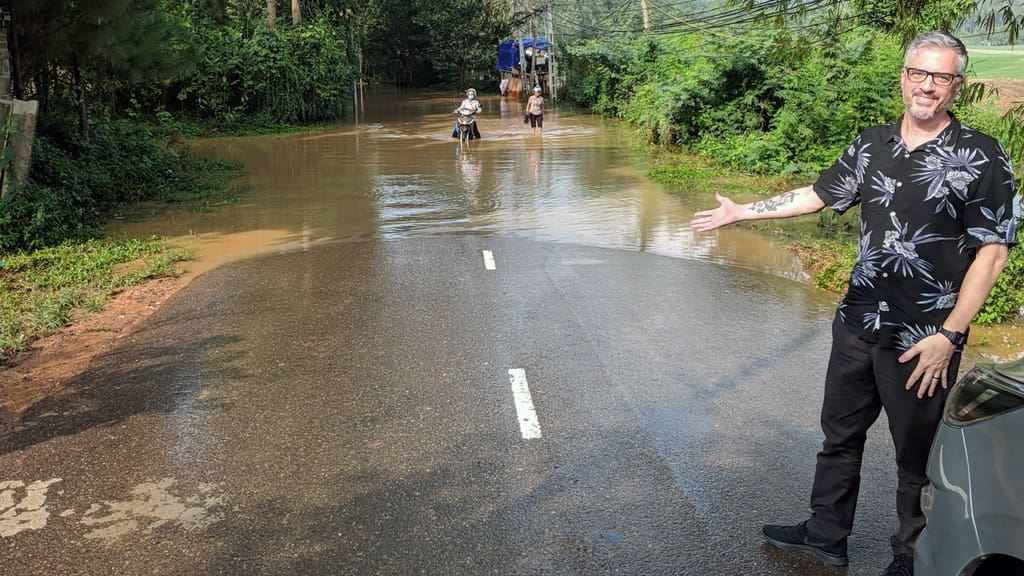
Focused on a Climate-Centered Career
As a student at JWU in the 90s, Cote earned an A.S. degree in Small Business Accounting and says he “better manages budgets as a result” (his current one is more than $5 million), and he remembers his time at JWU thoughtfully. “In general, the professors there, they’re really kind … they were really interested in me, and I didn’t find that at other schools often.”
Cote’s launch into the world of climate adaptation started when he was living in Rhode Island and working as a reporter for the Providence Journal with the dream of becoming a Pulitzer Prize-winning environmental journalist. He had interviewed politicians, environmental lawyers and urban planners for stories. After being with the paper for just over three years, in early 2007, he was part of a massive layoff.
“I had to think about my career in journalism because the internet was destroying newspapers all around the country at the time. The short of it is, I went back to school and I got two [graduate] degrees.” (Masters of Regional Planning, Climate Adaption Regional Planning, University of Massachusetts, Amherst, and a Masters of Environmental Law and Policy, Law of Climate Adaptation, Vermont Law School.)
Current Climate Work
Although Cote’s home-base for work is Washington, D.C., and his projects take him to South America, Africa and Asia, he lives in Rotterdam, the Netherlands, with his wife Sandra.
Cote describes his work as “dealing with the disasters that come with it [climate change] … like preparing for sea-level rise and preparing for fires. … it’s more about the physical things.”
“I had a cup of coffee with the director of the environmental ministry, and we agreed by handshake about changing the law.”
One of his current projects is in Indonesia, where he and his team are helping 3,000 farmers who need to pump water across their fields. “We’re helping them install a solar pump … they’re easy to run and provide affordable irrigation for their crops. This keeps farmers from migrating into cities,” says Cote, adding that the pumps help lessen the problem of the displacement of land and jobs.
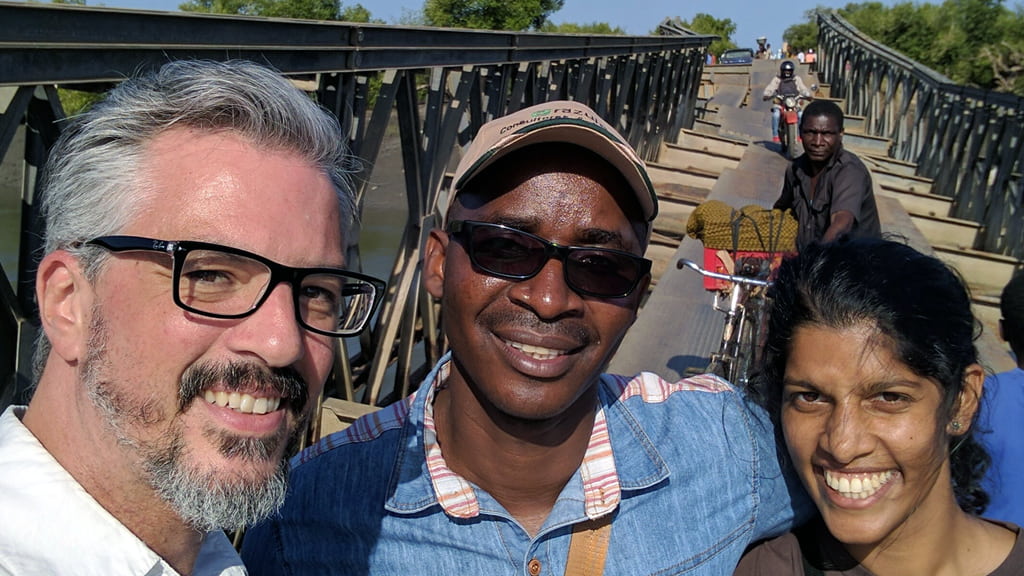
Another one of his projects is with the Vietnamese government that started with a “back-of-the-napkin conversation,” said Cote. “I had a cup of coffee with the director of the environmental ministry, and we agreed by handshake about changing the law.”
Cote explained how he and his team are working on Vietnam’s environmental laws. “We’re going to update environmental law requirements to include something called the vulnerability assessment.” Under the updated law, companies wanting to build factories there, for example, first have to do a land assessment to see if the project will cause any environmental impacts.
“They have to basically identify what the impacts are going to be on their employees based on the long-term assessment. And there’s other parts of that… what are the impacts on forests and rivers and ecosystems. … As far as I know, this has not been done [elsewhere] in Asia.”
Future Steps
So, what will happen when we begin the trek back to the way life was, going back to work and traveling again? Can we keep the levels of pollution down? It’s not likely. With a looming economic recession and a priority for businesses and industries to get back on track as soon as possible, “being green” will probably take a back seat, at least for a while. The good news is that the cleaner skies we are seeing now depict how quickly we can reduce pollution by lowering the fossil fuels being burned by transportation and manufacturing.
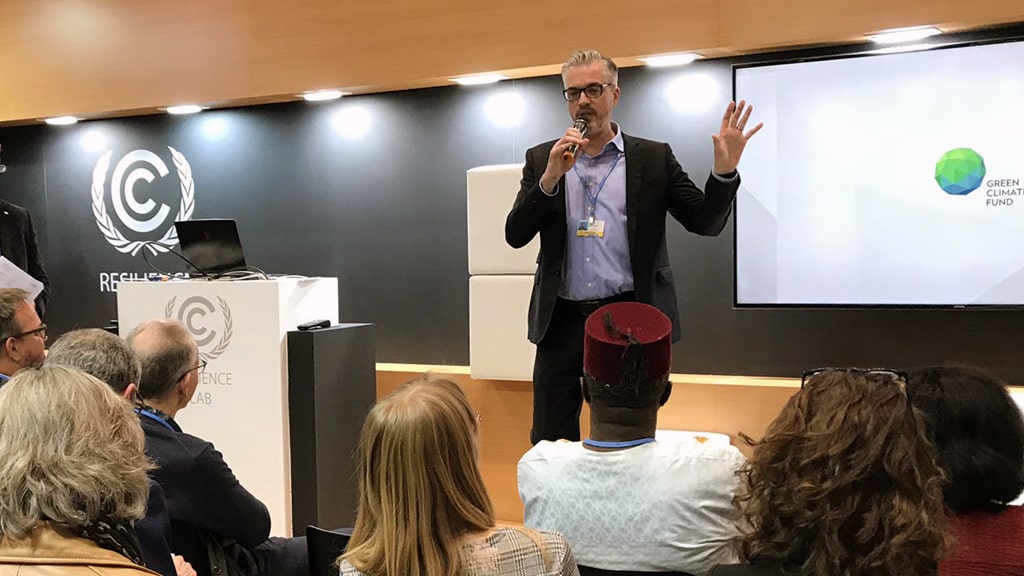
Going forward, living life as we were before COVID-19, what does Cote see as the most prevalent effects of climate change globally, in the next 20-30 years? Here are his top 3:
Melting glaciers: Glaciers melting too quickly can have adverse effects on sea levels, ecosystems and water supplies in mountainous areas.
Migration: When droughts occur in poor countries, and people cannot grow crops and don’t have access to other food, many times they migrate under dangerous conditions, sometimes not making it to their destinations.
Pandemics: The relationship between climate change and viruses is a vector, the agent that transmits viruses. Malaria is a good example. Mosquitos are the vector, and are drawn to areas with increased temperatures, rainfall and humidity. More mosquitoes can cause more malaria.
“That’s how you change government … by engaging government.”
Cote offers suggestions about how we can take what we are learning from the cleaner environment we see now and using that as inspiration for the future. “I think it can be a wake-up call for young people in particular …. They can see how much garbage we pump into the environment, and they have the energy and the ability to do something about how industries are regulated.”
To help clean our environment and lessen climate change moving forward, Cote challenges young people to take the action needed, and has three suggestions to make that happen:
- Go to the Federal Register, where you can see a running history of proposals and bills being drafted, and proposed changes to current legislation, and add your own comments and opinions on these to the site.
- Visit your town hall and volunteer to serve on local committees and boards.
- Run for office and be an agent for change. Those things are what really matter.
“That’s how you change government … by engaging government.You don’t change government these days by protesting. That doesn’t work at the scale that we need.”
